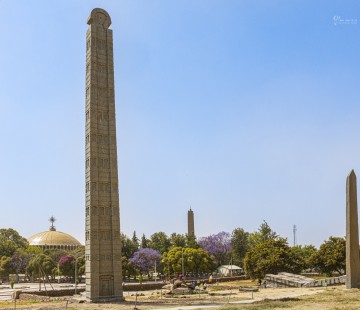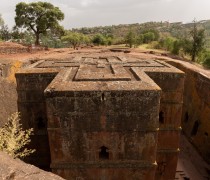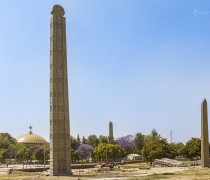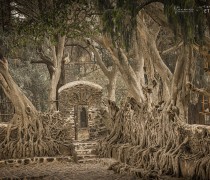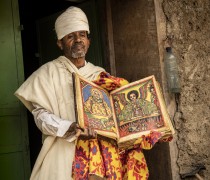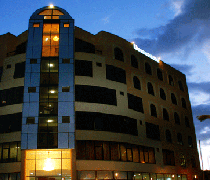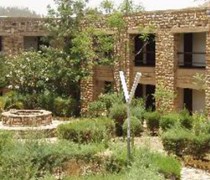Highlights: Axum, Northern Region of Ethiopia
Axum
Your Favourites
To find out more, add Axum to your list of favourites and let us help you plan your visit.
Worth Noting:
Type:
- City tours
- Religious sites
- Historical sites
- Archaeological sites
- Museums
Difficulty:
- Easy
Park Fees:
- Under 50 USD
About Axum
Once the capital of the Axumite Empire, Axum, also known as Aksum, was once a major trading centre with ties to Persia, Arabia, India and Rome. The Empire’s heyday was from the 1st to the 7th centuries AD, during which time the kingdom became known as Ethiopia. In around the 4th century, the Axumite Empire, and Ethiopia as a whole, converted to Christianity and the Ethiopian Orthodox Church was born. For this reason, Axum is considered by Ethiopian Orthodox Christians to be the most holy place in Ethiopia.
The town is said to have been the home of the Queen of Sheba who returned from a visit to King Solomon of the Old Testament carrying his unborn child. The son of this union was Emperor Menelik, the first of the Solomonic Emperors of Ethiopia from whom all emperors through to Emperor Haile Selassie are descended. Emperor Menelik allegedly returned from a visit to his father with the original Ark of the Covenant, which remains in Axum to this day. Although the Ark of the Covenant cannot be viewed, the remains of the Queen of Sheba’s palace are open for visitors.
The Stelae Park, or field of obelisks, is Axum’s most famous site, and is a UNESCO World Heritage Site. The stelae are believed to have been carved in the 4th century AD and to have been grave markers for royal burial chambers. The largest of the stelae was taken to Rome in 1937, during the Italian occupation of Ethiopia, and the monument was only re-erected in its original home in Axum in 2008. Also of interest here are the Archaeological Museum of Axum and the Cathedral of St Maryam Tsion, or Mary of Zion.
Other Highlights In The Northern Region

Formed before the formation of the Rift Valley, the Simian Mountains were created by an outpouring of lava after a volcanic eruption between 40 and 25 million years ago, while the dramatic escarpment was created by an extended up-thrust that could have happened as much as 75 million years ago. The mountains are ...
Accommodations Near Axum
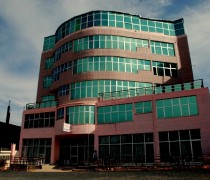
Located in front of St Pentelion Monastery Church, Consolar International Hotel is conveniently situated in the centre of Axum. The 33 en-suite rooms are made up of singles, twins, doubles and royal standard king rooms. All rooms are equipped with TV, electronic safe, Wifi and minibar, and some of the doubles ...
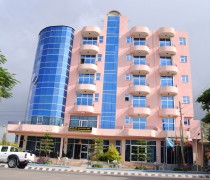
Saint Yared, born in Axum, was a legendary Ethiopian musician who invented Ethiopia’s system of music notation. He composed the sacred music of the Ethiopian Orthodox Church, and established the music traditions still in use in the church to this day. He is particularly esteemed for creating the chants – ...
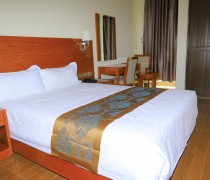
In the centre of Axum, Armah International Hotel offers comfortable accommodation with easy access to the shops, restaurants and sites of Axum. There are 29 en-suite rooms, made up of 21 doubles, 4 twins and 4 singles. All rooms have Wifi, and are furnished with wooden furniture. The restaurant serves Ethiopian food and a ...
